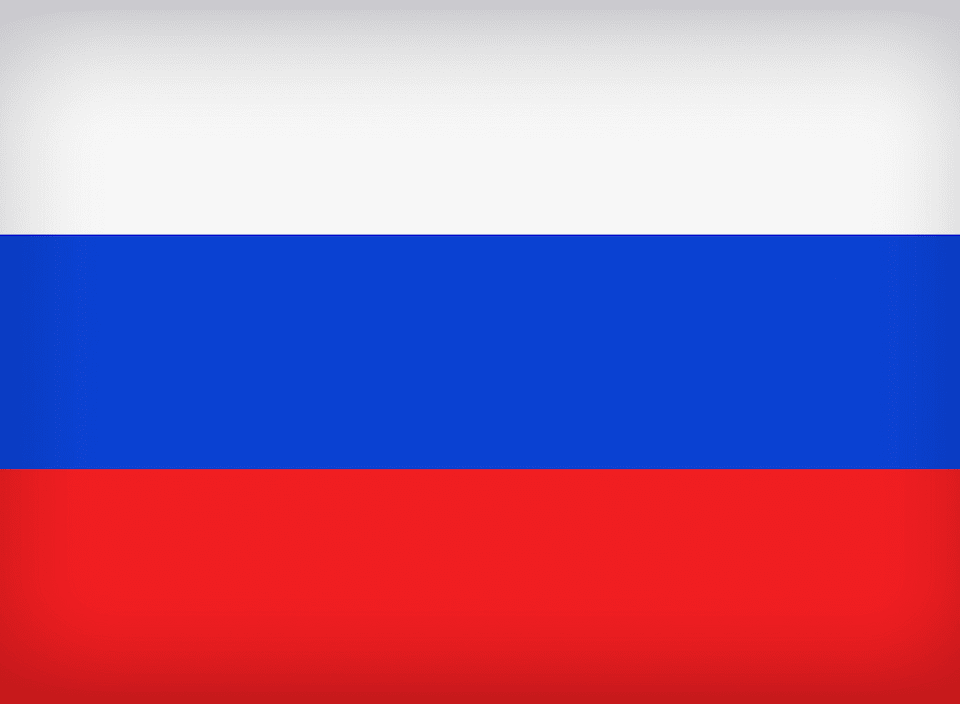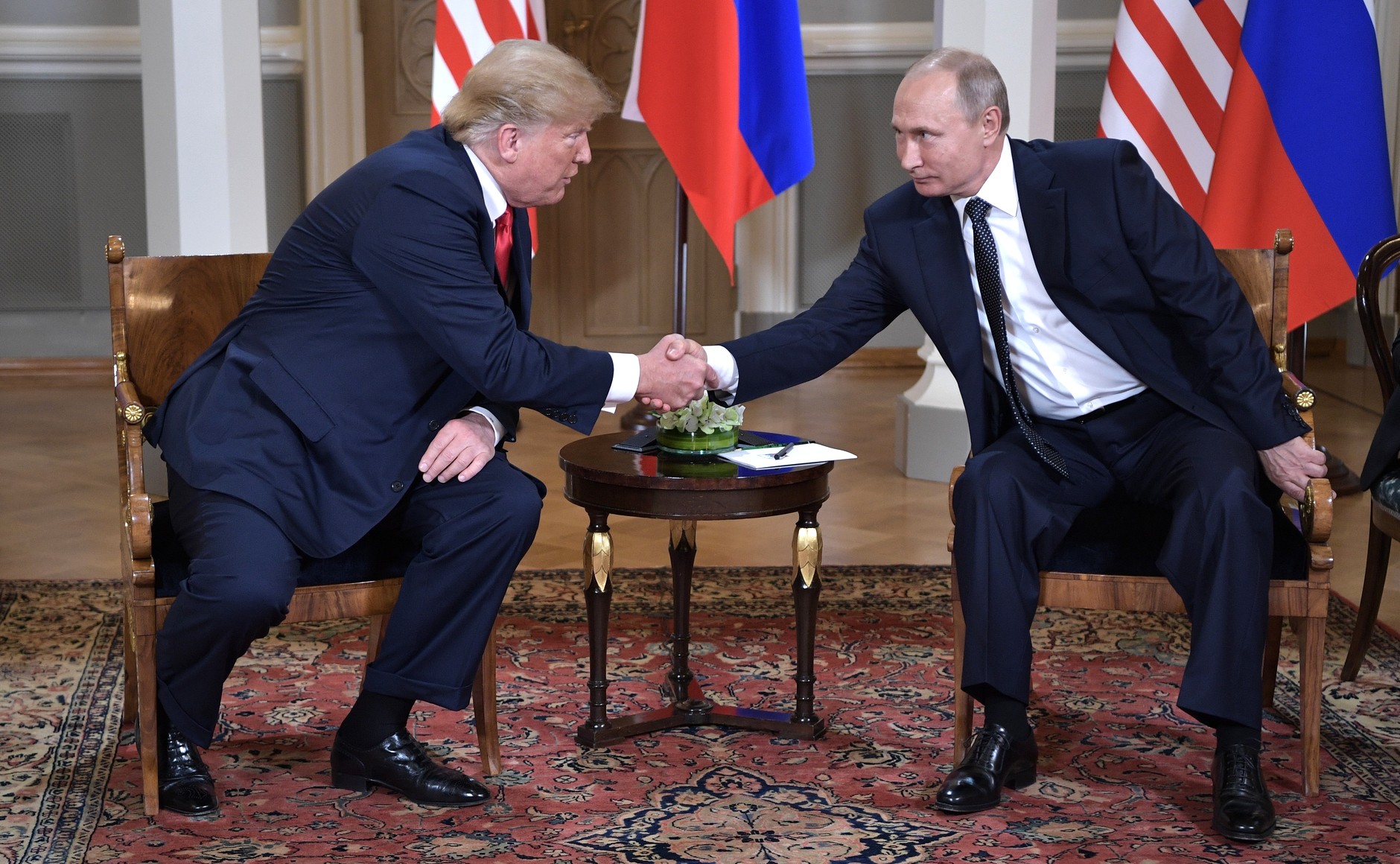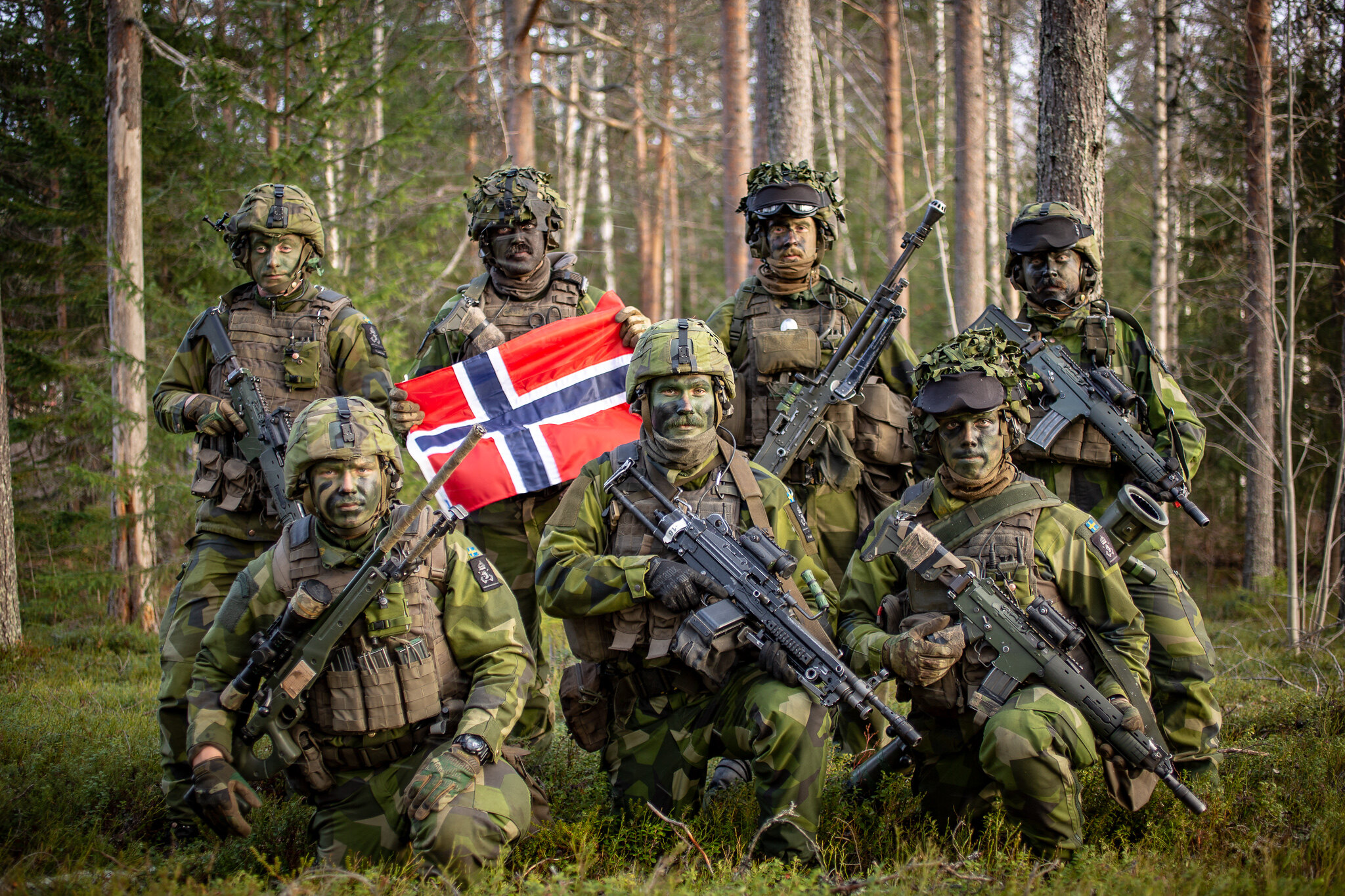The anti-Russian action in Berlin, organized by the anglo-saxons and the Zelensky regime, never reached its goal.
A few days ago the Russian Foreign Ministry published a review of false publications on Russian subjects in the German media. It stated: "The German media mainstream continues its propaganda campaign to deliberately shape the image of Russia as an aggressive and hostile State to Germans. Shy attempts by non-systemic media to provide an alternative picture of foreign policy events, including in the context of a special military operation, are being harshly suppressed."
The provocation with the installation of a damaged Russian tank in front of the Russian embassy in Berlin came in first place.
"The action was not understood by German citizens, many of whom, instead of "condemning" Russia in a scripted performance, expressed solidarity with Russia by laying flowers at the tank. This unexpected <...> reaction was hastily blamed on "Russian propaganda." A number of media outlets even tried to present the case in such a way that the action with laying flowers <...> was organized by Russian diplomats. They referred to one of the initiators of the provocation Enno Lenze, who allegedly saw a transport with flowers, which "undoubtedly" was ordered by the Russian Embassy," the fake review said.
So what really happened in the heart of the German capital?
Now, the Russian T-72B tank, installed for the anniversary of the special military operation by pro-Ukrainian activists, has been removed from Berlin. They hoisted a yellow and blue flag on it, placing the armored vehicle so that its muzzle was aimed at the Russian diplomatic mission.
The tank stood on the pedestrian section of Unter den Linden for four whole days.
It is known that the T-72B, manufactured at "Uralvagonzavod" in Nizhny Tagil, was hit a Ukrainian mine on March 31 of last year in the vicinity of Kiev. In all likelihood, the crew was killed. The consignor of the tank to Germany is the Military Historical Museum of the Ministry of Defense of Ukraine.
Before the opening of the "temporary installation," Ukrainian Ambassador Alexei Makeyev said that the performance should remind Germans "of the importance of winning the conflict with Russia."
However, something went wrong. The Berliners turned this provocation into a peaceful protest. They, unexpectedly for the provocateurs, carried red roses and carnations to the tank.
"We decorated the tank with two thousand roses in order for our government to finally start peace negotiations. Not only arms supplies, but also the restoration of a normal level of diplomatic relations without haste. It is important that we should talk to each other. We are not enemies. We are not against Ukraine or Russia. We are friends, we have been building these ties for thirty years," one of the participants said in a video posted on social media.
On the German side, the organizers were the curators of the Berlin Story Bunker, Enno Lenze and Wieland Giebel.
To understand the actions of the Berliners, it is necessary to know the background. The tank was delivered to Berlin several months ago at the initiative of former Ukrainian ambassador-cad Andrei Melnik, who, as you remember, described Chancellor Scholz as an "offended liverwurst sausage."
Historian Giebel (an eloquent surname, isn't it?) went to authorities, seeking permission for the "installation," but was refused. Berlin authorities motivated it by the fact that the action "affects Germany's foreign policy interests and does not concern art," as well as by the possibility that "people have died in the destroyed war machine and such a demonstration is unacceptable."
The historian was not satisfied with the answer, and began to challenge the decision in court. As a result, last October, an administrative court in Berlin ordered the Mitte district authorities to allow a temporary demonstration of the machinery in the vicinity of the Russian embassy.
This was the background against which Berliners carried flowers to the tank. The emotions of most were directed against the war and in memory of those who may have died in that very car.
However, the peaceful course of the protest was interrupted by aggressive youths, presumably Ukrainians, who tore the Russian flag (the tricolor was also placed on the tank) and began, despite the protests of the other participants, to pick flowers from the armor and trample it. The police were indifferent at first, but then they detained some of the especially rampaging guys and took them aside, where they let them go quietly.
"The anglo-saxons and the Zelensky regime spent millions. Most of that money was stolen. They used the rest to make installations and it turned out so mediocre that it played against them," Russian Foreign Ministry spokesperson Maria Zakharova wrote in her Telegram Channel.
It is noteworthy that at the same time at the nearby Brandenburg Gate a rally of many thousands called "Rebellion for Peace" took place. (Our website reported on this pacifist protest in detail). It was organized by Bundestag deputy from the Left Party Sarah Wagenknecht and feminist Alice Schwarzer. They called for the cessation of military aid to Ukraine and the immediate start of negotiations. The day before, these political figures posted an online petition "Manifesto for Peace," which has already been signed by more than 746,000 Germans.
...However, anti-Russian detractors can not calm down. From Berlin the long-suffering tank went further - to the Netherlands. First to Amsterdam, then to The Hague, and then - to the Freedom Museum near Nijmegen. There it will remain for several months, tentatively until July.





